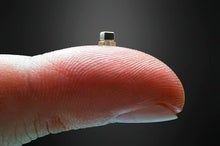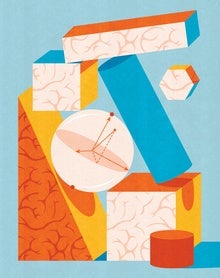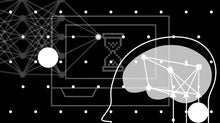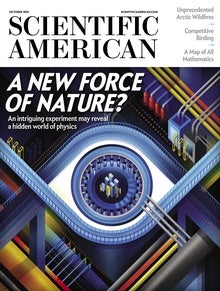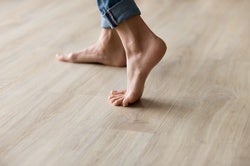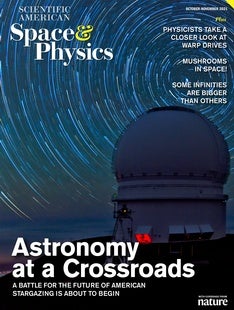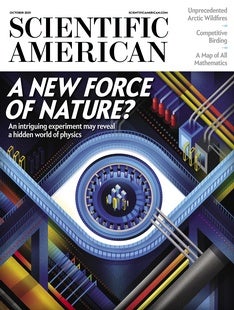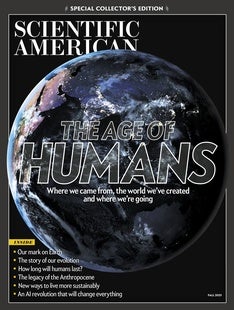 |
| October 12, 2021 |
Dear Reader,
What can you learn from staring at a blank wall? If you're a human, not much. But a new algorithm can use footage of a wall to figure out how many people are moving around the room just out of sight—and what they're doing. |
| |
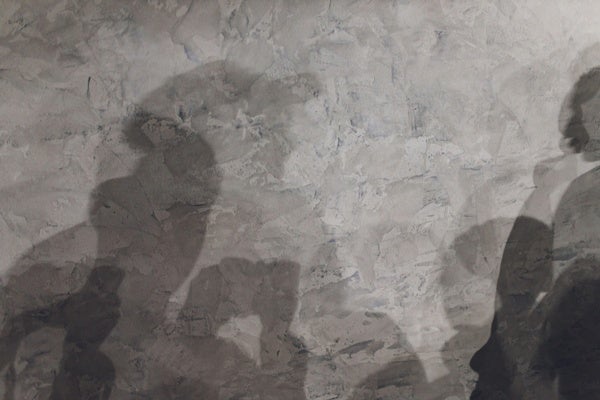 |
| |
| |
| |
| |
| |
| |
| |
| |
| |
FROM THE STORE
 | | | |
| QUOTE OF THE DAY
 "It's very cool how Leo neatly solves some of the most difficult problems with bipedal robotics, including dynamic balancing and traversing large changes in height. And Leo can also do things that no biped (or human) can do, like actually fly short distances." Evan Ackerman, IEEE Spectrum | |
| |
FROM THE ARCHIVE
 | | | |
LATEST ISSUES
 |
| |
| Questions? Comments?  | |
| Download the Scientific American App |
| |
| |





